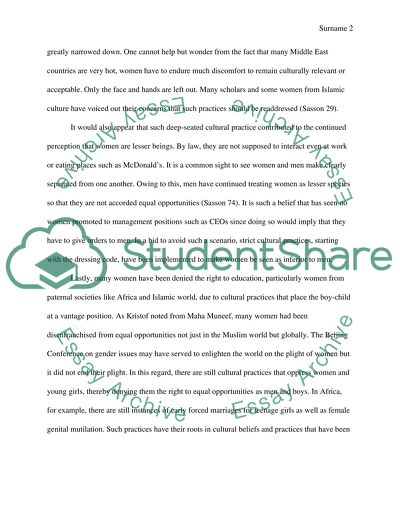Cite this document
(“Women and Decency in Islamic Culture Literature review”, n.d.)
Retrieved from https://studentshare.org/religion-and-theology/1660921-women-and-decency-in-islamic-culture
Retrieved from https://studentshare.org/religion-and-theology/1660921-women-and-decency-in-islamic-culture
(Women and Decency in Islamic Culture Literature Review)
https://studentshare.org/religion-and-theology/1660921-women-and-decency-in-islamic-culture.
https://studentshare.org/religion-and-theology/1660921-women-and-decency-in-islamic-culture.
“Women and Decency in Islamic Culture Literature Review”, n.d. https://studentshare.org/religion-and-theology/1660921-women-and-decency-in-islamic-culture.


